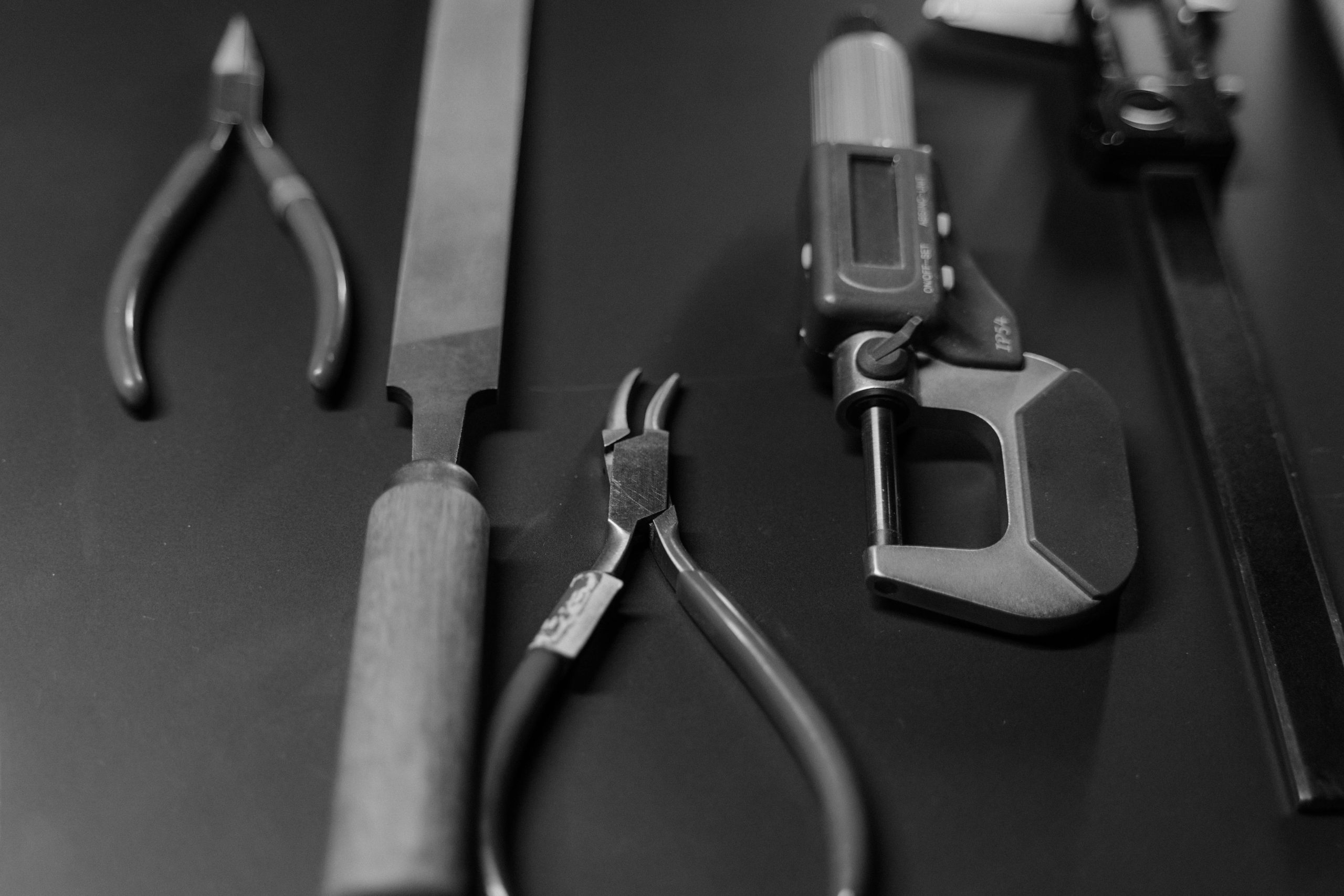Troubleshooting SSD Performance Issues During Game Downloads: Understanding and Resolving Write Errors
Many users rely on SSDs for their speed and performance benefits, often testing their drives with tools like CrystalDiskInfo to verify health status. However, experiencing issues during data transfers—such as interrupted downloads or error messages—can be confusing and frustrating.
Identifying the Problem
Some users observe that while their SSD appears to function well in diagnostic tools, problems arise during specific tasks like downloading games. A common error message encountered in such scenarios is: “Unable to write or create file chunks.” This typically occurs after partial downloads—often around 4 to 5 GB—where the process halts unexpectedly.
In addition, inconsistent drive detection by the computer can compound the issue, with the SSD sometimes recognized and other times not visible in the system.
Potential Causes
-
Drive Health and Bad Sectors:
Even if CrystalDiskInfo reports that the SSD is in good condition, it might have localized bad sectors or damaged areas that affect write operations. Over time, SSDs can develop bad blocks that cause write failures during heavy data transfer tasks. -
File System Corruption:
Corruption within the drive’s file system can also lead to errors when creating or writing files. This can manifest as interrupted downloads and inconsistent drive detection. -
Connection or Hardware Issues:
Loose or faulty SATA/USB cables, faulty ports, or incomplete power connections can cause intermittent recognition problems and data transfer issues. -
Firmware or Driver Problems:
Outdated or incompatible firmware and drivers can impair SSD performance, especially during intensive reads and writes.
Recommended Troubleshooting Steps
-
Run Comprehensive Diagnostics:
Utilize manufacturer-specific diagnostic tools alongside CrystalDiskInfo to perform thorough testing. These tools can detect deeper issues not reflected in standard health reports. -
Check the File System:
Run a file system check (e.g., CHKDSK on Windows) to identify and repair any file system errors. -
Secure Data Backup:
Before performing any extensive repairs, back up important data to prevent potential loss. -
Update Firmware and Drivers:
Ensure the SSD’s firmware is up-to-date and that all related drivers are current. Visit the manufacturer’s website for the latest updates. -
Inspect Hardware Connections:
Verify that cables and ports are secure and functioning properly. Try different ports or cables if necessary. -
**
Share this content:



